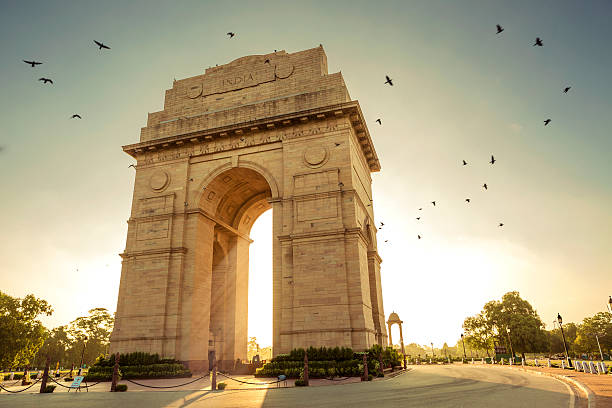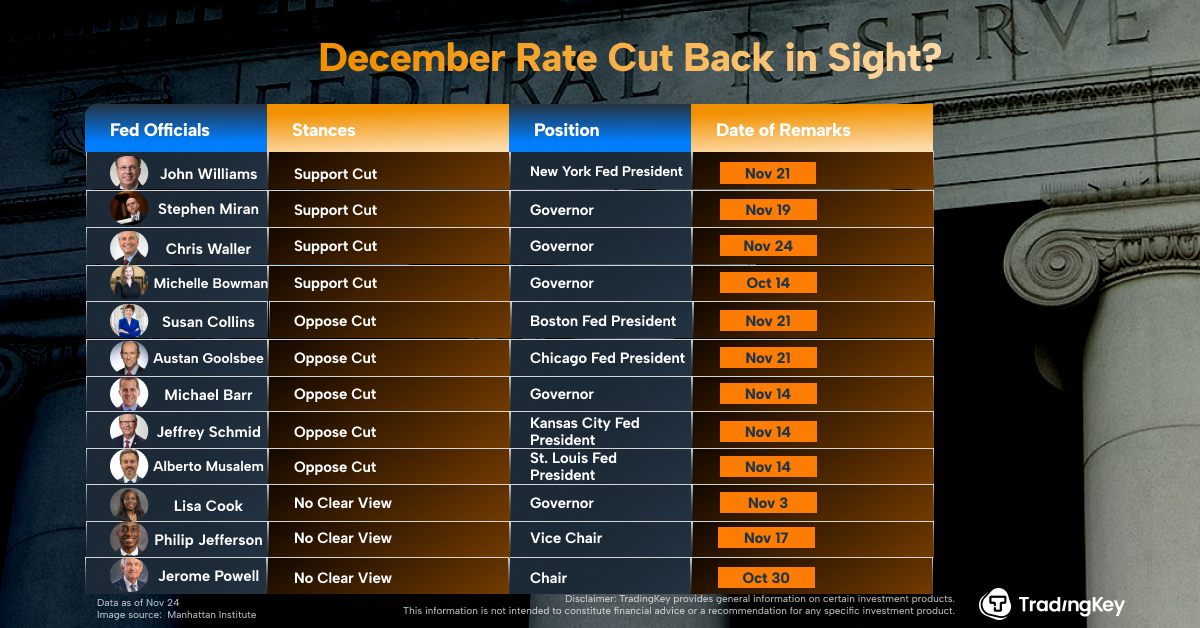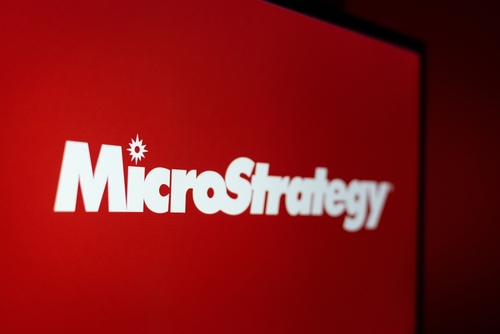[Reuters Breakingviews] US punitive tariffs put India in a corner


By Una Galani
HONG KONG, Aug 7 (Reuters Breakingviews) - A worst-case scenario for India on U.S. tariffs is now the base case. New Delhi called Donald Trump's decision on Wednesday to double the levy on the South Asian nation's goods to 50% because of its Russian oil purchases "extremely unfortunate". That's an understatement. Negotiating down this high rate before it goes into effect in three weeks is now an urgent priority for Narendra Modi - and will require a major compromise from the Indian leader.
The new rate can inflict serious pain on the $4 trillion economy. New Delhi failed to lower the initial 25% tariff unveiled by the U.S. president on April 2. That was bad but didn't leave India much worse off than its peers. Analysts at Citi, a U.S. bank, warn the higher levy could trim 80 basis points or more off GDP growth, which logged in at 6.5% in the year to March, and make exports to the U.S. "unviable". These amounted to $87 billion last year.
Such a dramatic fallout would require the government to support its exporters, either through fiscal backing or a weakening of the currency. Both are deeply unattractive prospects because India's fiscal deficit is widening on the back of lower tax receipts and a stable rupee has underpinned its message to global investors and companies that the country is open for business.
Now that India is backed into a corner, the simplest solution to stabilise ties with its largest trading partner is to stop buying Russian oil which comprises 40% of total crude imports. Though Modi's administration insists that those purchases are a "national compulsion", India can easily manage without the waning discounts from Moscow, and even more so if global oil prices remain little moved by this prospect--as they have so far.
To be sure, giving Russia a cold shoulder would be a blow to India's effort to maintain a multi-polar foreign policy, but a 50% tariff is too much to bear and retaliating could cost it even more. The U.S. only backed down from its escalating standoff with China after the People's Republic squeezed supplies of rare earths, a sector where it has 90% of processing capacity. Though India supplies about 65% of generic drugs in the U.S. and American companies depend heavily on Indian IT services, these are easier to replicate elsewhere. Whether Trump will succeed in forcing China to give up Russian oil is unclear. India, though, has a weaker hand and little capacity to bluff.
Follow Una Galani on LinkedIn and X.
CONTEXT NEWS
U.S. President Donald Trump on Aug. 6 imposed an additional 25% import tariff on Indian goods, citing New Delhi's imports of Russian oil. It doubles the additional tariff rate to 50%.
The new import tax will be effective 21 days after August 7. Trump's executive order imposing the extra tariff did not mention China, which also imports Russian oil, but later said he could announce similar further tariffs on Chinese goods.
"It may happen ... I can't tell you yet," Trump told reporters. "We did it with India. We're doing it probably with a couple of others. One of them could be China."
India’s external affairs ministry called the decision “extremely unfortunate,” noting that many other countries are also importing Russian oil in their national economic interest.
India's exports to US are rising








